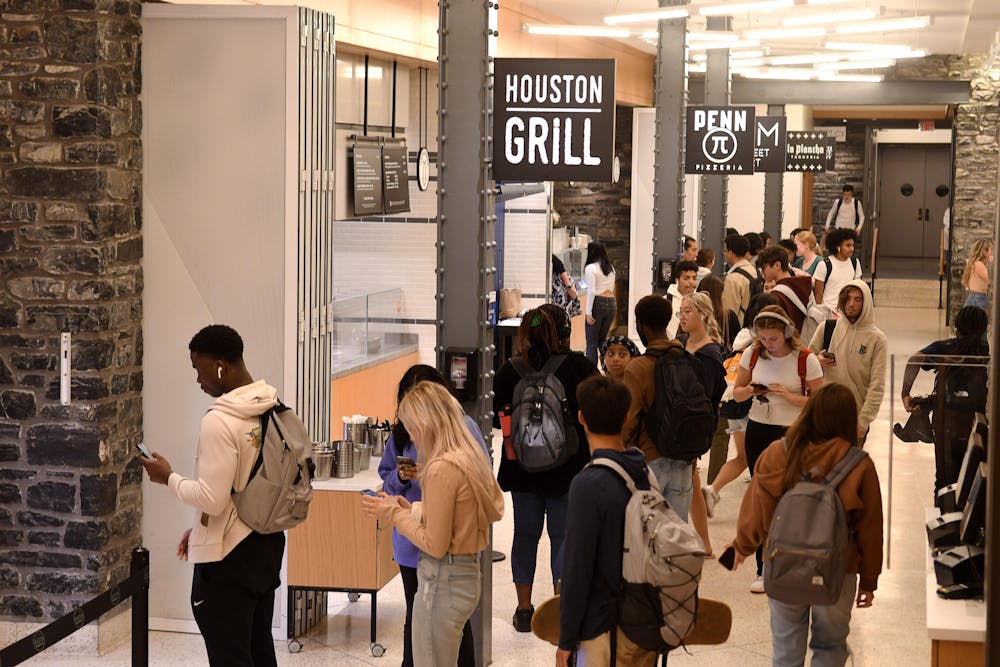As busy college students, most of us do not have time to cook our own meals, and if you are anything like me, cooking is far from your forte. The hassle of having to go to the grocery store, cook, and clean can be time consuming and even more difficult when you’re overwhelmed with classes, clubs, and homework. For the many students without access to a kitchen in their dorm, this presents an even bigger challenge. Luckily, college campuses have dining halls! Students simply swipe their card to get access to an all-you-care-to-eat dining experience. Dining halls provide easy access meals to students—but what happens when that food is inedible?
As a picky eater, I know that simply because I do not like a dish does not mean it is unsafe to eat, but food with cockroaches and glass is unsafe for anyone. A seemingly obvious underlying assumption in dining is that food is safe to eat. College dining halls should be a place where students go to eat well-cooked, hairless, and insect-free food. However, that is not the case at Penn: There is a lack of responsibility to make sure the food is meeting basic standards for, let alone satisfying, all students.
Meal plans are far from cheap. For the sticker price, students would expect quality food, but they would be wrong. Both of the first-year student meal plan options cost $6,330, with the maximum amount of swipes being 296. Each meal swipe equates to roughly $17, which is about the same price as a Caniac Combo at Raising Cane's. As previously stated, Penn dining hall food is far from gourmet, and its price is too high for the quality delivered.
Expensive dining plan meals are not unique to Penn, but other Ivy League schools have similar prices for better quality food. Cornell University offers an unlimited meal plan, so students may visit the dining halls as much as they want with a fixed cost of $6,942 for food ranked second-best in the nation. So, for roughly 600 more dollars, Cornell students have access to unlimited meals and substantially better quality dining.
Aside from price and quality, weekend dining is another struggle. With the popular McClelland Sushi & Market and Houston Market being closed on Saturdays and the other dining halls closing at 8 p.m., food options are limited. Late-night study sessions means having to resort to local food places that remain open, and unlike nearby schools such as Drexel, our dining dollars do not work at off-campus restaurants and out-of-pocket money spent on takeout can add up quickly.
Before every school break, Sidechat is flooded with posts of excitement for home-cooked meals. In my classes, when asked what we are excited for, most students reply being able to eat good food. It is not uncommon for college students to miss their home-cooked meals, but when students are excited to actually eat food that is not served alongside insects, it signifies a problem.
With Penn’s Bon Appétit contract still in place, we may not know how much Penn can do to change the dining experience. Safe, clean food should not be an unreasonable expectation. In order to enhance a student's experience outside the classroom, Penn must budget for an edible food experience for all students.
ERIC NAJERA is a College sophomore studying history from Rolling Meadows, Ill. His email is najerae@sas.upenn.edu.
SEE MORE FROM ERIC NAJERA:
We should be grateful to attend Penn
Penn clubs should have an assigned faculty member









